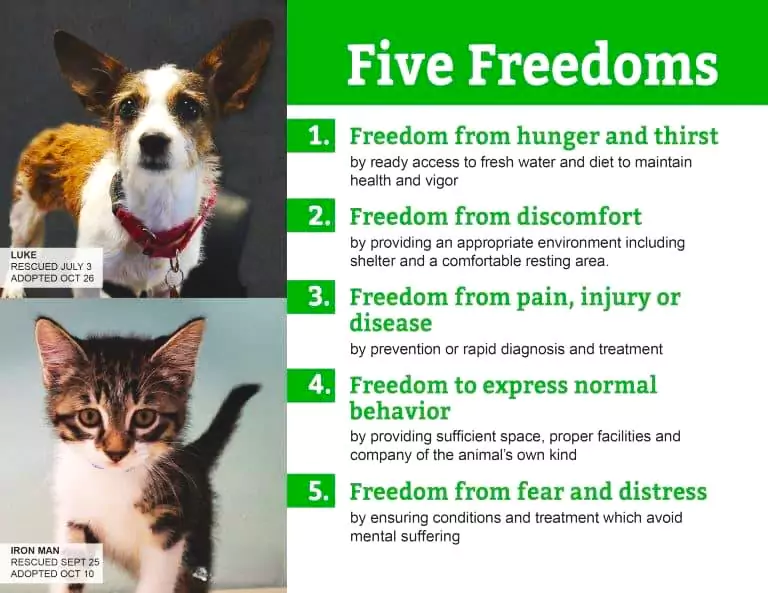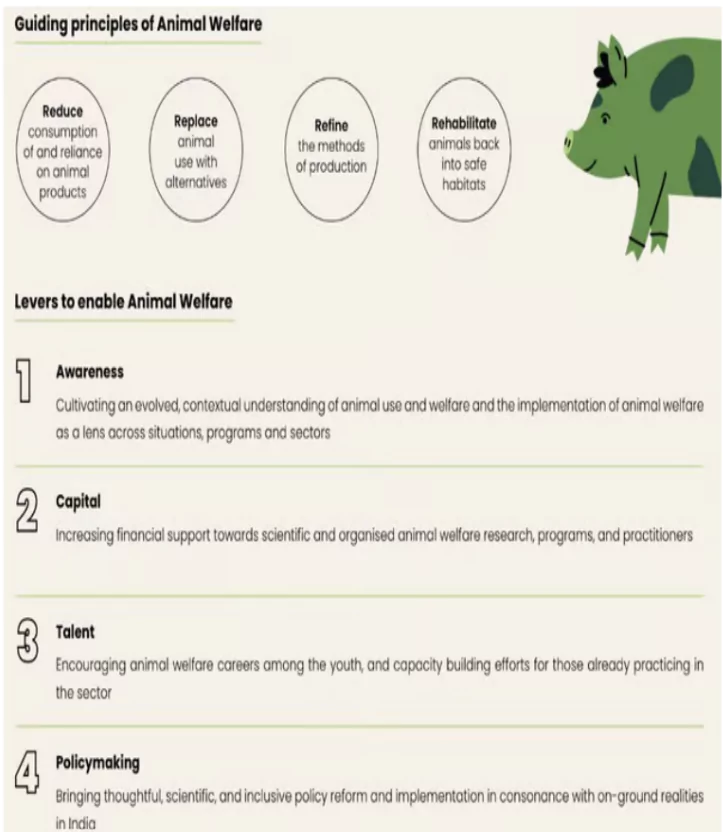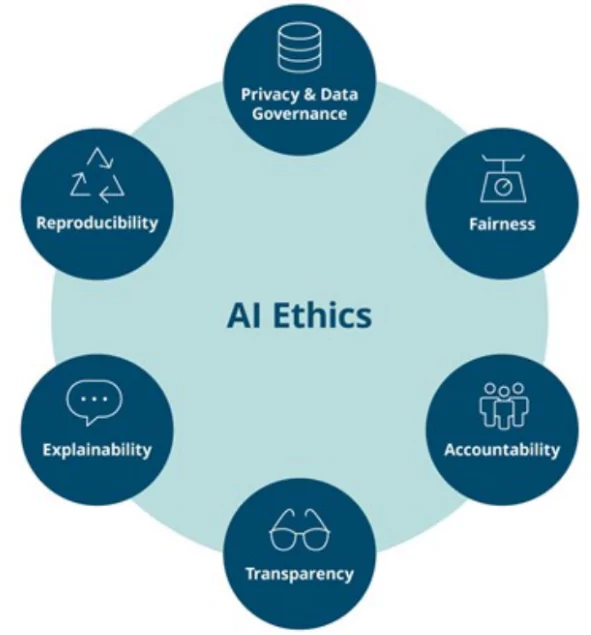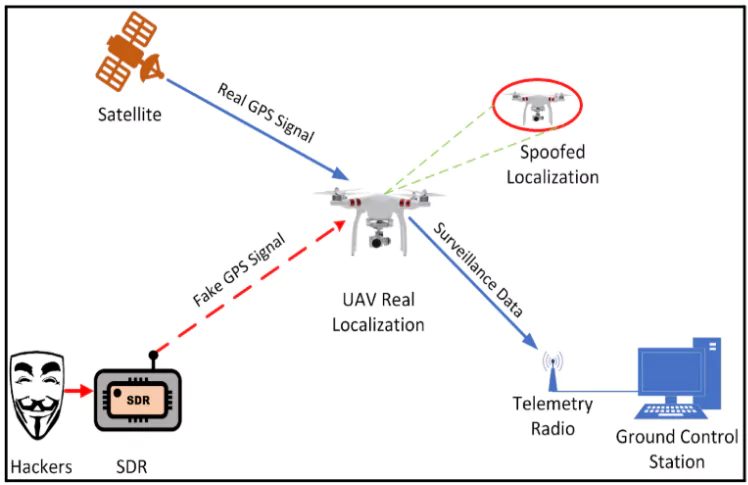Recently, the World Association of Zoos and Aquariums has suspended the Delhi zoo (National Zoological Park) from its membership due to concerns about the inadequate living conditions of its sole African elephant.

Animal Welfare Laws in Some Countries
|
|---|
Judicial Verdicts
|
|---|

IndiaAI has invited expressions of interest (EOI) for collaborative proposals for undertaking ‘safe & trusted’ AI projects, including establishing ethical AI frameworks and creating AI risk assessment and management tools and deepfake detection tools.

Key Ethical Principles for AI Development (From NITI Aayog’s Responsible AI Approach)
|
|---|

AI ethics in other countriesGermany: The Institute for Ethics in Artificial Intelligence
United States: The AI Now Institute
United Kingdom: The Institute for Ethical AI & Machine Learning
Belgium: AI4People
|
|---|
RBI sets up 8-member panel to develop framework for ethical use of AI
|
|---|
IndiaAI Mission and its significance
Key pillars of IndiaAI Mission
|
|---|
AI offers incredible potential for progress and problem-solving, but without strong ethical guidelines, it risks causing serious harm. Therefore, as AI development and deployment advance, adhering to ethical AI principles is crucial to ensure this technology benefits all of humanity.
Authorities in Russia’s southern Krasnodar region declared a region-wide emergency after a storm damaged two tankers in the Kerch Strait near Anapa.
About the Black Sea
Location:
Surrounding Areas
Bordering Countries
Connections
Features
|
Instances of GPS interference, including spoofing, have significantly increased near India’s borders with Pakistan and Myanmar, areas among the top five globally for such occurrences, according to OPSGROUP, a collective of 8,000 aviation personnel.

Attacker Methods: Attackers study a victim’s GPS setup to create counterfeit signals that closely mimic authentic ones, ensuring effective deception.
Indian coffee exports crossed the $1 billion mark for the first time in FY24, showcasing the growing global recognition of Indian coffee, according to data from the Centre for Monitoring Indian Economy (CMIE).


History of Coffee in India
|
|---|
India’s coffee sector is making remarkable strides in the global market, driven by rising demand, competitive pricing, and premium quality. However, challenges from stringent EU regulations underscore the need for exporters to adapt to evolving compliance requirements to sustain this growth trajectory.
India’s coastal security is under scrutiny as 13 coastal states and Union Territories report critical issues, including non-operational patrol boats, staff shortages, and insufficient funds for training and infrastructure under the Coastal Security Scheme (CSS).
Coastal security is indispensable for India due to
|
|---|
Judiciary being an integral part of the functioning of any country cannot be immune from Dissent, both amongst themselves and on societal level.
Indian judicial dissents over the years varied from political, to social to purely intellectual disagreements.
The Congress party has demanded a memorial to be built at the designated place of the cremation of the Former Prime Minister, Late Dr. Manmohan Singh.
Former Prime Minister |
Memorial Site |
| Jawaharlal Nehru | Shanti Vana, Delhi
|
| Lal Bahadur Shastri | Vijay Ghat, Delhi
|
| Indira Gandhi | Shakti Sthal
|
| Charan Singh | Kisan Ghat
|
| Rajiv Gandhi | Vir Bhumi
|
| P. V. Narasimha Rao | Ekta Sthal
|
| Inder Kumar Gujral | Smriti Sthal
|
| Atal Bihari Vajpayee | Sadaiv Atal, near Rashtriya Smriti Sthal
|
Context: The Inter-Ministerial Central Team (IMCT) considers the Meppadi landslides in Wayanad as a “disaster of severe nature” due to their intensity and magnitude.
Context: Prime Minister announced during his ‘Mann Ki Baat’ program that India will host the World Audio Visual Entertainment Summit (WAVES) for the first time in 2025 in Goa.
Context: Between 2022 and 2024, CPGRAMS successfully resolved over 70 lakh grievances, contributing to a more responsive and effective governance system in India.
Context: IMD reports intensified cold wave conditions in Kashmir, with fresh spells of snowfall expected in early January due to two approaching Western Disturbances (WD).
Definition of Cold Wave by IMD
For Plains
For Hilly Regions
Core Cold Wave Zone in India: The regions classified under India’s ‘core cold wave zone’ include:
Context: The 59th Executive Committee (EC) meeting of the National Mission for Clean Ganga (NMCG), chaired approved critical projects worth ₹794 crores for Ganga rejuvenation across multiple states.
<div class="new-fform">
</div>
